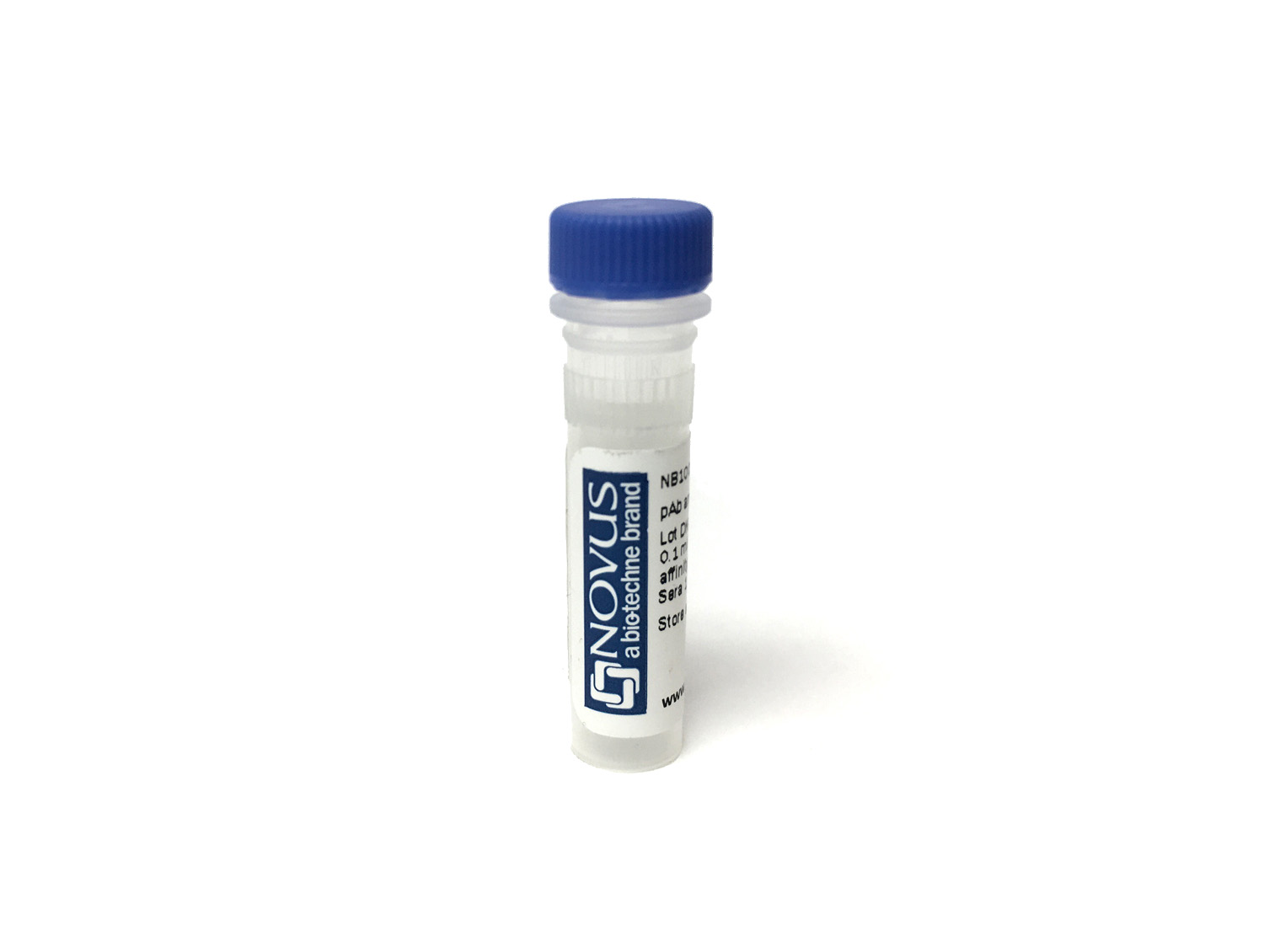Macrophage Products
Macrophages comprise of many forms of mononuclear phagocytes found in tissues. Mononuclear phagocytes arise from hematopoietic stem cells in the bone marrow. After passing through the monoblast and promonocyte states of the monocyte stage, they enter the blood, where they circulate for about 40 hours. They then enter tissues and increase in size, phagocytic activity, and lysosomal enzyme content becoming macrophages. Among the functions of macrophages are nonspecific phagocytosis and pinocytosis, specific phagocytosis of opsonized microorganisms mediated by Fc receptors and complement receptors, killing of ingested microorganisms, digestion and presentation of antigens to T and B lymphocytes, and secretion of a large number of diverse products, including many enzymes including lysozyme and collagenases, several complement components and coagulation factors, some prostaglandins and leukotrienes, and many regulatory molecules (Interferon, Interleukin 1). Among cells that are now recognized as macrophages are histiocytes, Kupffer cells, osteoclasts, microglial cells, synovial type A cells, interdigitating cells, and Langerhans cells (in normal tissues) and epithelioid cells and Langerhans-type and foreign-body-type multinucleated giant cells (in inflamed tissues).
Show More
11 results for "Macrophage" in Products
11 results for "Macrophage" in Products
Macrophage Products
Macrophages comprise of many forms of mononuclear phagocytes found in tissues. Mononuclear phagocytes arise from hematopoietic stem cells in the bone marrow. After passing through the monoblast and promonocyte states of the monocyte stage, they enter the blood, where they circulate for about 40 hours. They then enter tissues and increase in size, phagocytic activity, and lysosomal enzyme content becoming macrophages. Among the functions of macrophages are nonspecific phagocytosis and pinocytosis, specific phagocytosis of opsonized microorganisms mediated by Fc receptors and complement receptors, killing of ingested microorganisms, digestion and presentation of antigens to T and B lymphocytes, and secretion of a large number of diverse products, including many enzymes including lysozyme and collagenases, several complement components and coagulation factors, some prostaglandins and leukotrienes, and many regulatory molecules (Interferon, Interleukin 1). Among cells that are now recognized as macrophages are histiocytes, Kupffer cells, osteoclasts, microglial cells, synovial type A cells, interdigitating cells, and Langerhans cells (in normal tissues) and epithelioid cells and Langerhans-type and foreign-body-type multinucleated giant cells (in inflamed tissues).
Show More
Applications: IHC, Flow, KO
Reactivity:
Mouse
| Reactivity: | Mouse |
| Details: | Rat IgG2B Monoclonal Clone #MOMA-2 |
| Applications: | IHC, Flow, KO |
Applications: IHC, Flow, IP, CyTOF-ready
Reactivity:
Mouse
| Reactivity: | Mouse |
| Details: | Rat IgG2A Monoclonal Clone #RM0029-11H3 |
| Applications: | IHC, Flow, IP, CyTOF-ready |
| Reactivity: | Human |
| Details: | Mouse IgM Monoclonal Clone #EP-3 |
| Applications: | IHC |
Applications: IHC, Flow, IP, CyTOF-ready
Reactivity:
Mouse
| Reactivity: | Mouse |
| Details: | Rat IgG2A Monoclonal Clone #RM0029-11H3 |
| Applications: | IHC, Flow, IP, CyTOF-ready |
Applications: IHC, Flow, IP, CyTOF-ready
Reactivity:
Mouse
| Reactivity: | Mouse |
| Details: | Rat IgG2A Monoclonal Clone #RM0029-11H3 |
| Applications: | IHC, Flow, IP, CyTOF-ready |
Applications: IHC, Flow, IP, CyTOF-ready
Reactivity:
Mouse
| Reactivity: | Mouse |
| Details: | Rat IgG2A Monoclonal Clone #RM0029-11H3 |
| Applications: | IHC, Flow, IP, CyTOF-ready |
Applications: IHC, Flow, IP, CyTOF-ready
Reactivity:
Mouse
| Reactivity: | Mouse |
| Details: | Rat IgG2A Monoclonal Clone #RM0029-11H3 |
| Applications: | IHC, Flow, IP, CyTOF-ready |
Applications: IHC, Flow, IP, CyTOF-ready
Reactivity:
Mouse
| Reactivity: | Mouse |
| Details: | Rat IgG2A Monoclonal Clone #RM0029-11H3 |
| Applications: | IHC, Flow, IP, CyTOF-ready |
Applications: IHC, Flow, IP, CyTOF-ready
Reactivity:
Mouse
| Reactivity: | Mouse |
| Details: | Rat IgG2A Monoclonal Clone #RM0029-11H3 |
| Applications: | IHC, Flow, IP, CyTOF-ready |
Applications: IHC, Flow, IP, CyTOF-ready
Reactivity:
Mouse
| Reactivity: | Mouse |
| Details: | Rat IgG2A Monoclonal Clone #RM0029-11H3 |
| Applications: | IHC, Flow, IP, CyTOF-ready |
Applications: IHC, Flow, IP, CyTOF-ready
Reactivity:
Mouse
| Reactivity: | Mouse |
| Details: | Rat IgG2A Monoclonal Clone #RM0029-11H3 |
| Applications: | IHC, Flow, IP, CyTOF-ready |

![Immunocytochemistry/ Immunofluorescence: Macrophage Antibody (MOMA-2) - BSA Free [NB100-64946] Immunocytochemistry/ Immunofluorescence: Macrophage Antibody (MOMA-2) - BSA Free [NB100-64946]](https://resources.bio-techne.com/images/products/Macrophage-Antibody-MOMA-2-Immunocytochemistry-Immunofluorescence-NB100-64946-img0022.jpg)
![Immunohistochemistry-Paraffin: Macrophage Antibody (RM0029-11H3) - Azide and BSA Free [NBP2-12436] Immunohistochemistry-Paraffin: Macrophage Antibody (RM0029-11H3) - Azide and BSA Free [NBP2-12436]](https://resources.bio-techne.com/images/products/Macrophage-Antibody-RM0029-11H3-Immunohistochemistry-Paraffin-NBP2-12436-img0001.jpg)

![Macrophage Antibody (RM0029-11H3) [Alexa Fluor® 350] [NBP2-12436AF350] - Macrophage Antibody (RM0029-11H3) [Alexa Fluor® 350]](https://resources.bio-techne.com/images/products/nbp2-12436af350_rat-monoclonal-macrophage-antibody-rm0029-11h3-alexa-fluor-350-29820239331743.jpg)